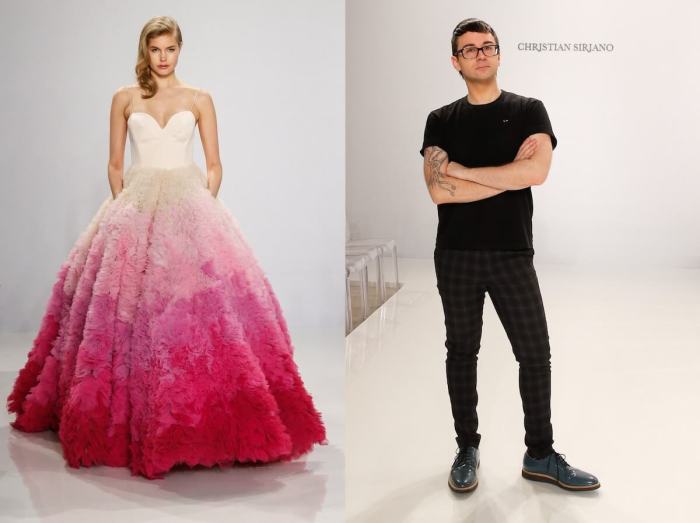One-of-a-kind haute couture outfitsare costly for the designers, and the market for them is so small that most fashion houses make them at a loss.But that doesn’t mean outlandish creations are getting pushed off runways for pieces that have more utility and mass appeal. With the second annual Men’s Fashion Week underway in New York and Paris in full Spring/Summer 2016 haute couture bloom,wetake a look at the enduring power of these ethereal creations. The history of haute
Haute couture –translated as “high sewing”– began in 1858 when English couturier Charles Frederick Worth established the first upscale fashionhouse in Paris. Worth, who was known as the “father of haute couture,”created morning, afternoon and evening dresses for high society ladies. RELATED: Fashion’s complicated history with plus-size women In 1868, the Chambre Syndicale de la Haute Couture was established to safeguard the standards of high fashion. In 1945, its specifications were updated, with each atelier required to employ its own workers and create a collection of at least 35 runs, including both daytime and eveningwear each season (January and June). Each of these exquisite gowns are made by 2,200 skilled artisans called petites mains (‘little hands”). A world in extinction?
In the past 60 years, the number of couture houses has dramatically decreased. The business of high fashion has dropped to just 10 percent of what it was before World War II, when there were 40,000 skilled laborers working in fashion houses. Today, that number is 4,000.Indeed, between 2004 and 2012, Gianni Versace withdrew from holding haute couture shows due to the brand’s poor financial position. RELATED: New Dolce & Gabbana designs backtrack gay rights stance “Haute couture is a joke,” says Pierre Bergé, the former head of Yves Saint Laurent. “Anyone who tells you it still matters is fantasizing. You can see it dropping dead all around you. Nobody buys it any more. The prices are ridiculous. The rules for making it are nonsensical. It belongs to another age. Where are today’s couturiers? A real couturier is someone who founds and runs their own house. No one does that anymore.” Rather unsurprisingly, given the proportions and lack of practicality in haute couture, women increasingly find ready-to-wear clothing more fashion-forward and wearable.
So who’s buying?
There is still a clientele out there for high-end, limited-edition pieces.Orders for Giorgio Armani’s Privé grew 30 percent in 2015, and Versace 50 percent, while sales at Dior and Chanel are also increasing year-on-year, according to the latest statistics from the Financial Times. RELATED: Fashion has taken the gender out of menswear — are shoppers buying? The houses have managed to find new markets in Russia, China and the Middle East. “Karl Lagerfeld said that the 2,500 people who buy couture are so rich and so secretive that they’re not even in Forbes,” saysGustavo Prado, director of the Mexican trend agency Trendo.mx.”They are sheikhs and wives of Russian billionaires.” But Prado concedes that as these are not the customers whosustain the business; the real money comes from off-the-rack sales.
Beyond fashion
Haute couture is not just about selling a few extremely expensive items. The mere exercise of creating such pieces helps designersstretchtheir imagination, perhaps leading to new trends and more consumer-friendly versions. When a haute couture creation becomes a hit on social and traditional media, theattention catapults thebrand into the public eye —and more importantly grabs the attention ofpotential fashion buyers. This is also why Fashion Weeks and runway shows continue to be spectacular affairs — one good Instagram photocould change everything. RELATED: How many lives do your clothes cost?
Luxury labels also believe that the appeal of haute couture’sglamour and exclusivity will be reflected in the sales of otherproducts associated with them. The hit to their books on these time- and labor-intensive gowns is justified, Prado says,by the brisk business in high-end eyewear, fragrances, makeupand stockings — the bits of high fashion most people can afford —as part of their brand, which accounts for billions in profits. —Luz Lanchero
Nobody wears it, so why does haute couture matter?

Getty Images
















